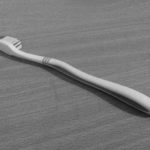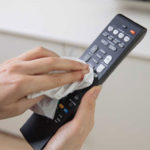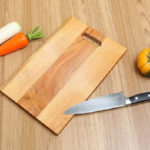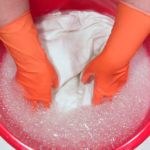Washing dishes is a daily chore for most families. However, many families often leave their sponges wet without drying them, which can lead to future problems.
Sponges are a breeding ground for bacteria due to constant moisture and food residue, but this is rarely considered. A study by Furtwangen University (Germany) found 362 different types of bacteria on sponges, more than those found in toilets.
If not cleaned properly, this can have long-term effects on your family’s health. Let’s go through some effective sponge cleaning methods!
1 Wash and Dry Your Sponge After Each Use

After using your sponge, make sure to remove all food residue and squeeze out excess water. This prevents dirt buildup and inhibits bacterial growth.
2 Disinfect Your Sponge with Vinegar and Salt
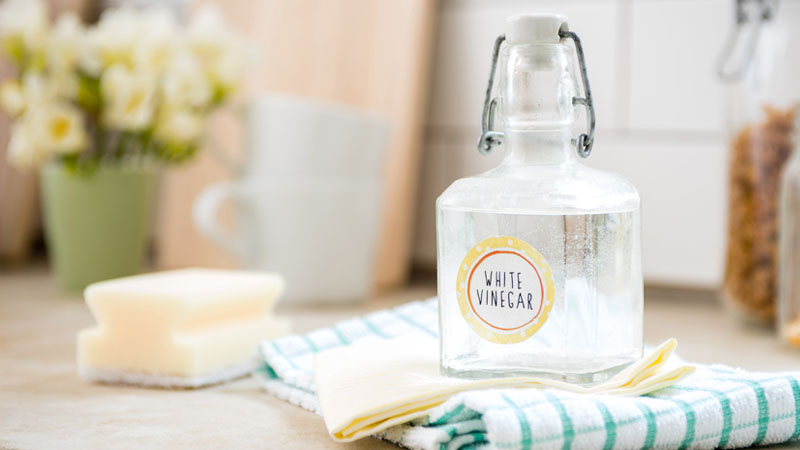
Soak your sponge in hot water mixed with 1/2 cup of white vinegar and 3 tablespoons of salt. Then, rinse it thoroughly with warm water. Vinegar and salt have disinfectant properties that will inhibit bacterial growth. Regularly using this method will keep your sponge hygienic.
3 Microwave Your Sponge to Kill Germs

Wet your sponge and place it in the microwave. Set the microwave to high for 2 minutes to kill bacteria and keep your sponge clean.
Note: This method is only suitable for sponges made of foam or cloth. Do not put metal sponges in the microwave.
4 Soak Your Sponge in Bleach to Disinfect
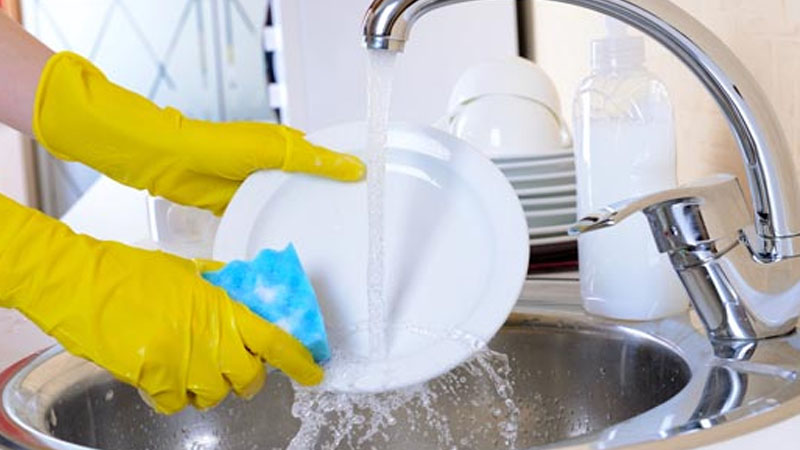
Mix a small amount of bleach with water in a bucket and soak the sponge for 10-30 seconds. Bleach has strong disinfectant properties that kill most harmful bacteria.
To ensure safety, squeeze out the sponge vigorously and rinse it multiple times with clean water to remove any remaining bleach. Bleach can be harsh on the skin, so wear gloves when using this method.
Tips for Using Sponges:
– Do not use the same sponge for washing dishes and cleaning knives, cutting boards, especially those used for meat.
– Keep sponge containers separate and always maintain hygiene.
– Replace sponges regularly, ideally every 1-2 weeks.
The methods mentioned above are simple yet effective ways to keep your sponges clean and bacteria-free, ensuring the health and safety of your family.
8 Common Mistakes People Make with Cutting Boards
Are you using your cutting board correctly? Many Vietnamese households rely on cutting boards in their kitchen, but not everyone knows how to use them properly, especially when it comes to wooden cutting boards. Check out these 8 mistakes to avoid when using a cutting board to ensure both hygiene and safety for everyone in your family.

























